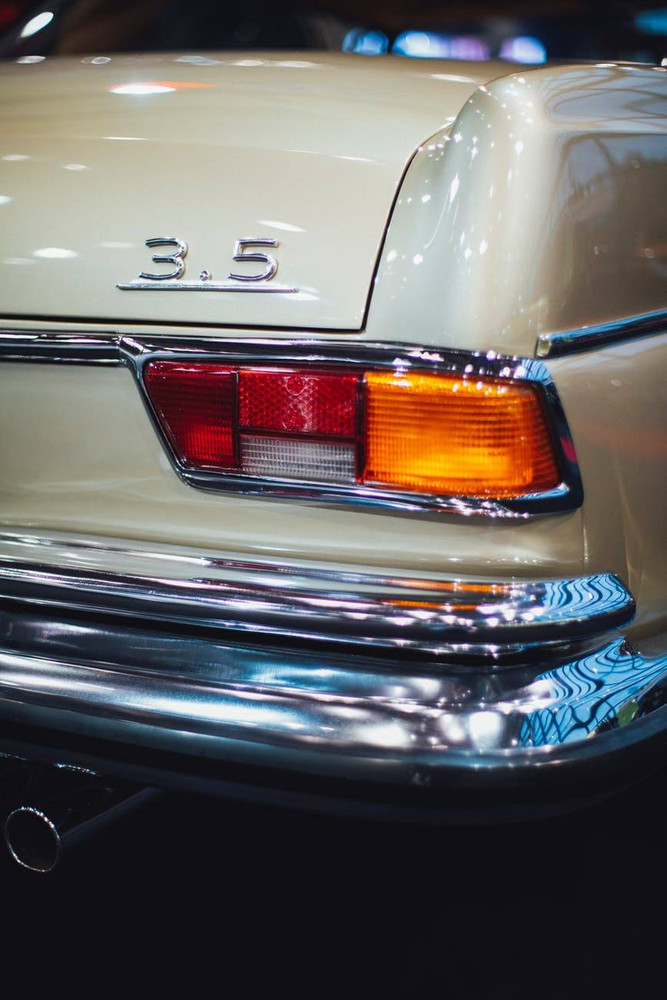Choosing the Right Roll Bending Machine | JMC Automotive Equipment
Posted by Juan E. Chavez on 1st Apr 2019
Two-, Three-, and Four-Roll: Investing in the Right Bending Machine
Bending machines are a sound investment and a clear choice for any company working with metal pipes and sheets, but any significant expense requires careful deliberation. Additionally, it’s important to consider any new equipment you may add to your production floor carefully and ensure there’re no adverse effects on your work productivity and efficiency.
It’s essential to make a serious and responsible assessment of your finances and your entire business before buying new equipment, particularly you’re deciding on a roll bending machine from Baileigh. Staying price conscious is important but don’t let it come at the expense of ignoring other factors, such as production capacity, equipment maintenance, and overall suitability for the job.
Comparing the Types of Roll Bending Machines
Choosing the right bending machine will depend on your understanding of each type and your ability to weigh each machine’s characteristics according to how advantageous it would be for your business. Roll bending machines come in three different types depending on the number of rollers the machine has.
- Two-roll Bending Machines. A two-roll bending machine passes metal sheets through two rollers that force the metal to bend into basic circular shapes, including cylinders, semi-circles, and other simple curved shapes. Take note that two-roll bending machines can’t create cones or complex geometric shapes.
- Three-roll Bending Machines. A three-roll bending machine can do the same basic functions as a two-roll one. A stark point of contrast between the two is the higher level of control you have over your desired output shape with 3-roll bending machines. Some models support double-pinch bending functions for quicker pre-bending processes.
- Four-roll Bending Machines. A four-roll bending machine offers greater convenience than two-roll and three-roll machines. Aside from circular shapes, four-roll benders can create rectangular outputs. It can also perform similar functions as press brakes.
The Right Roll Bending Machine for the Job
A two-roll bending machine is ideal if you’re working primarily with smaller and thinner metals. Compared to bending machines with more rollers, its precision in bending is evident even in materials less than 24 inches wide and less than a quarter inch thick. Two-roll bending machines suit shops with high production runs. This type of machine can quickly, accurately, and uniformly bend small cylinders in large batches.
Meanwhile, a three-roll bending machine handles heavy-duty, limited production runs well. These machines will suit your business well if you work with materials between three and four inches thick. Three-roll benders perform the same basic functions of four-roll models but have lower initial costs.
A four-roll bending machine is ideal for busy shops that need a large variety of shapes at fast rates. Four-roll benders can be outfitted with computer numerical controls (CNC) with no major issues. These help machine operators automate production runs, increase output precision, and maintain production volume without sacrificing quality.
Key Factors to Consider Before Buying
Even after deciding on the type of roll bending machine for your business, you’ll still face a selection of models. Key factors to help you choose between different Baileigh roll benders include:
- The influence of the material your business often deals with on the rolling press
- The rolling conditions for optimal efficiency
- The structure or design of the rolling machine
- The vertical and horizontal material support
Choose the right roll bending machine to improve your business’ production capacity. Contact JMC Automotive Equipment today for inquiries.
DON'T FORGET TO FOLLOW US ON SOCIAL MEDIA




